Pharmacognosy and Drug Patents: Unveiling Nature’s Medicinal Treasures
Drug Patent Watch
DECEMBER 9, 2024
Scientists in this field analyze the chemical compounds in plants, animals, and microorganisms to discover potential new drugs. “Pharmacognosy is the bridge between traditional medicine and modern pharmaceutical science, offering a treasure trove of potential new drugs waiting to be discovered.”


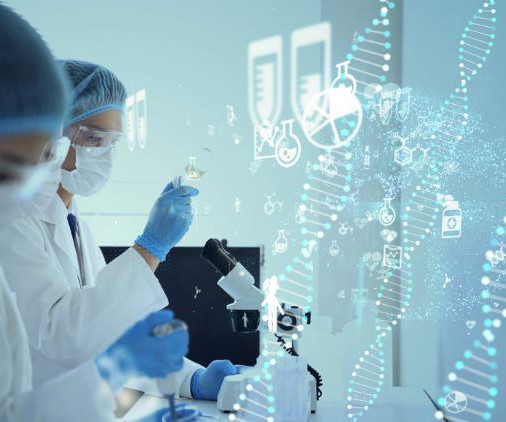



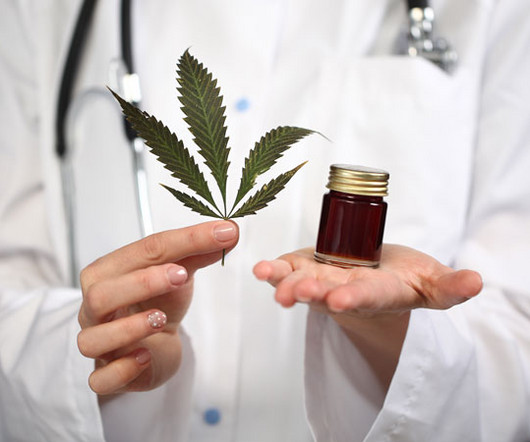



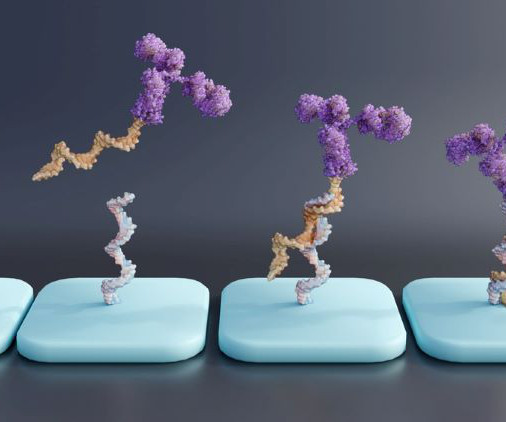
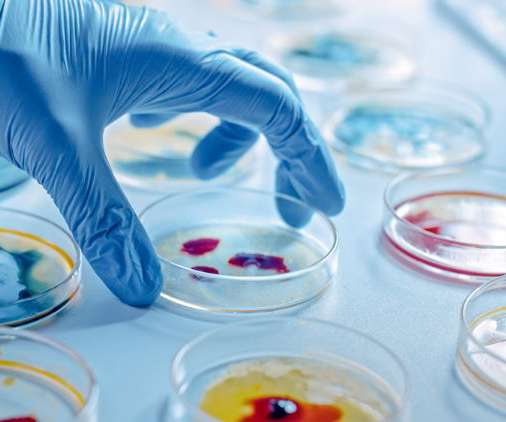
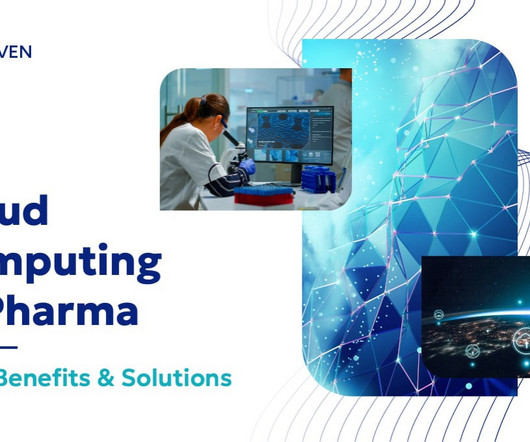







Let's personalize your content